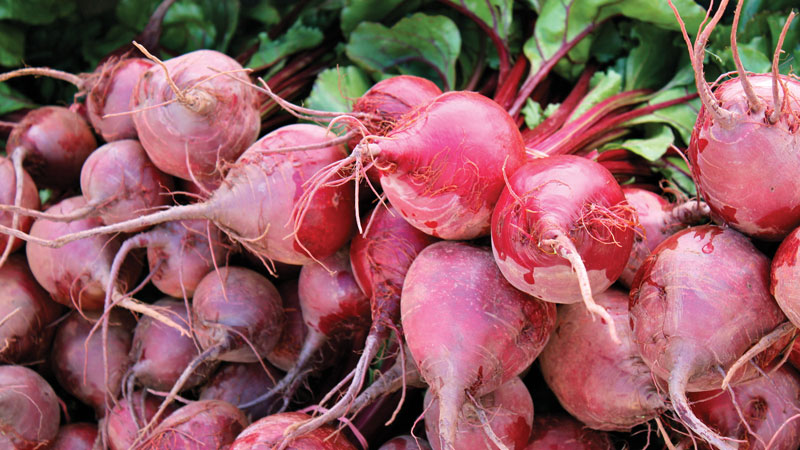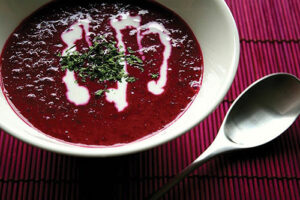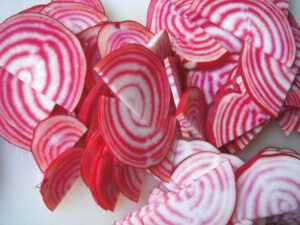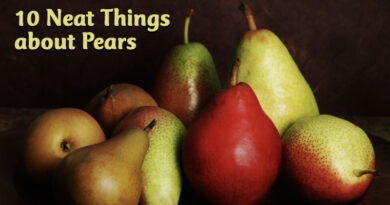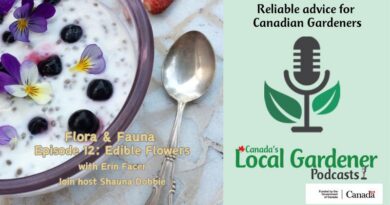Beet Roots
Beet roots (Beta vulgaris), brilliantly red, smoothly round, lusciously earthy and sweet are a treat on any table. Related to chard, their tops are also delicious.
Both tops and roots are a fabulous addition to salads. They are delicious pickled in vinegar. The red roots create a new culinary sensation when combined with carrots and a bit of brown sugar and butter. Famously, beets are the ruby player in the queen of vegetable soups, borscht.
But red is not their only colour. Beets can be violet as in sugar beets or yellow as in golden beets, which are milder in flavour and don’t stain everything carmine.
There are also striped (red and cream or orange and paler yellow) beets. Chioggia (pronounced key-oh-gee-ah), is an Italian variety. Chioggia beets lose some of their colour when boiled, but are ideal for roasting with a little balsamic.
Beets are easy to grow from seed, perfect for this region as they are considered a cool season crop. They will even grow in partial shade. Plant the seeds out directly into the garden when soil temperatures reach 18 to 24 degrees C. Sow them about a half inch deep, about 12 to 18 inches apart.
Like most root vegetables, beets grow best in a well-drained, sandy loam.
They will need to be thinned when the plants are about five inches tall. The thinnings can be eaten, roots, tops and all.
Good companions for beet roots include bush beans, cabbage, corn, leeks, radishes, lettuce and onions.
Nutritional value
Even though beets have a high sugar content, beet roots contain only about 30 calories per half cup and their nutritional value is outstanding. They are packed with about 80 nutrients including vitamins A and C, calcium and manganese, potassium and folic acid. Red beets are full of betacyanin, an important anti-oxidant and are reported to improve digestion and reduce inflammation.
Beets can help lower cholesterol, offer coronary artery protection and are said to have anti-aging properties. `

